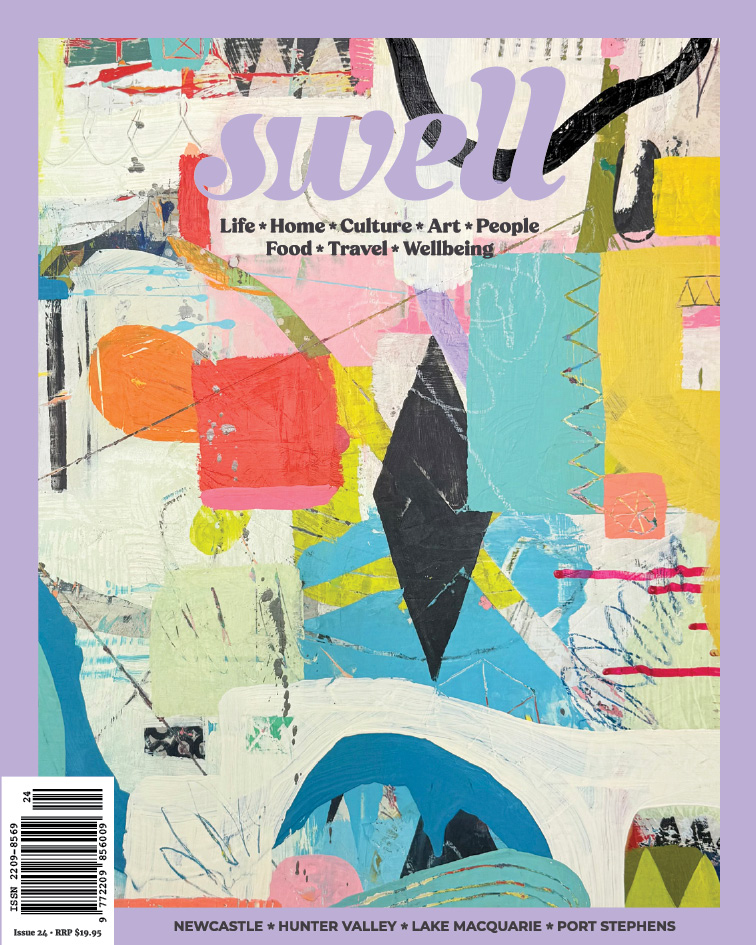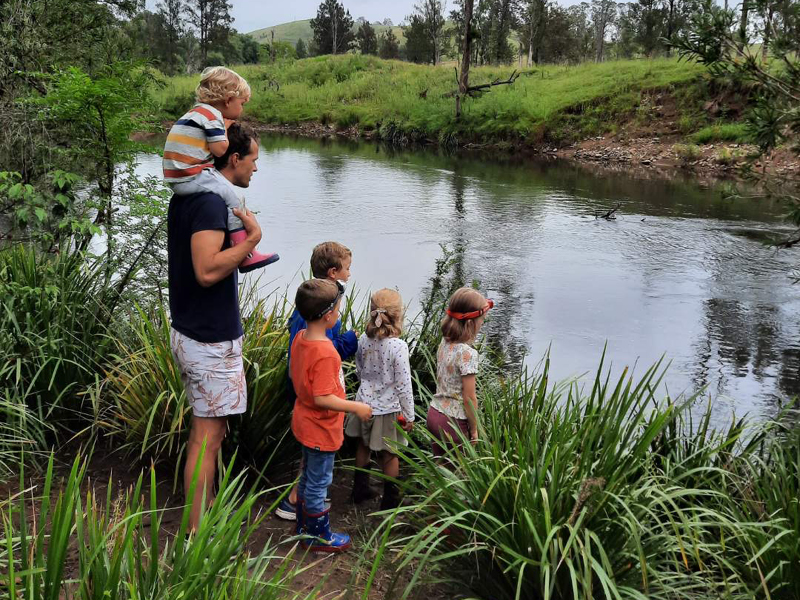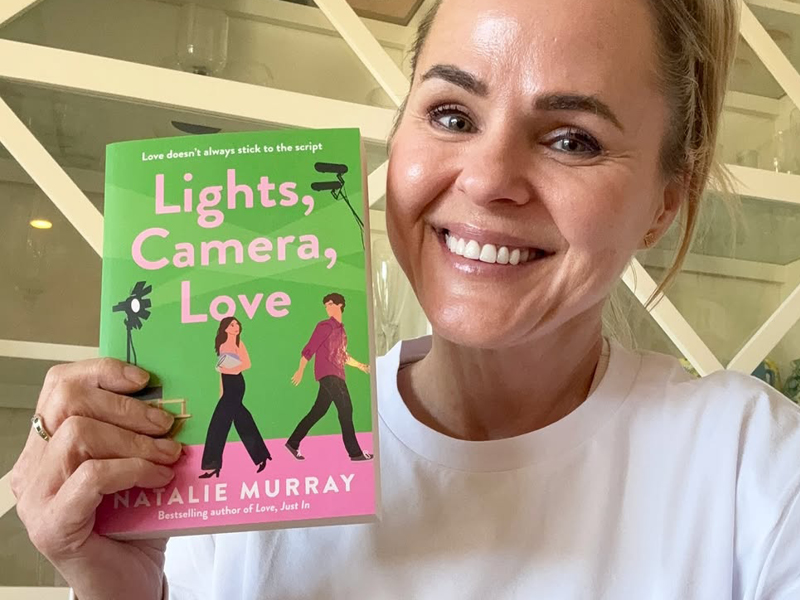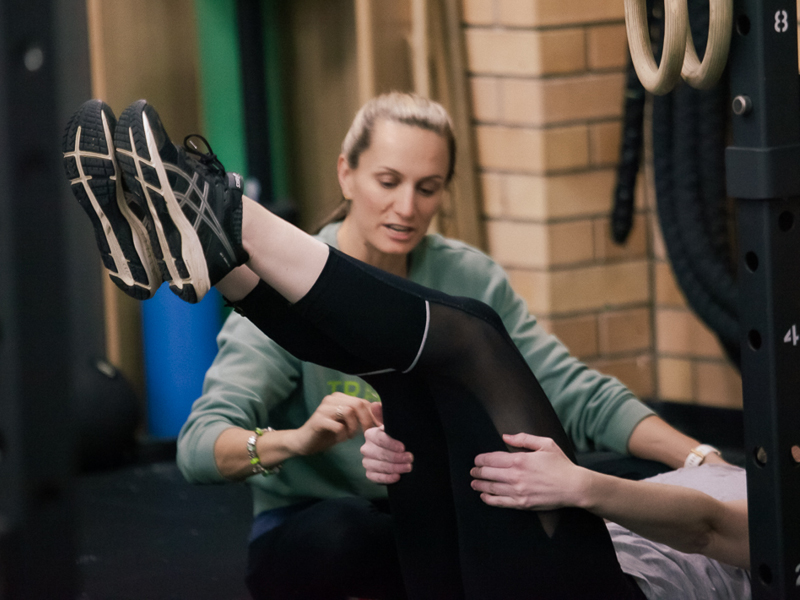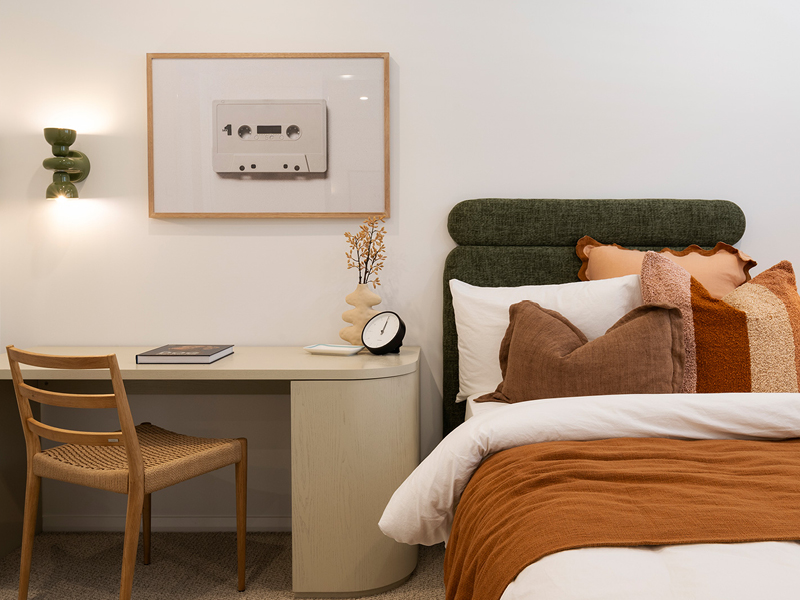Not many people can say that their life fits into a 2.4 x 7.2m box on wheels – but this has become the reality for Heidi Alexandra, proud owner of The Joy Box. “It all started with a desire to design and build a tiny home prototype as a potential solution to ease the housing affordability crisis in Australia,” says Heidi. “The plan grew legs, or wheels so to speak!” With the assistance of Belmont-based builders, Claybuild, Heidi designed a single-level tiny house plan, and a custom-built trailer for towing by a large 4WD vehicle.
“The more I researched small and compact living, the more I fell in love with idea of living tiny,” she says. “I have worked in the residential property industry for about twenty years and love everything about property but I was starting to notice that affordability was becoming a huge issue for a lot of people.
“I decided I couldn’t expect others to live this way if I wasn’t prepared to do it myself, so what started as an experiment eventually morphed into my own journey of downsizing, minimalising and contemplating what gives me joy and what matters most in life,” she continues.

Heidi did not take the design process lightly, jumping head-first into the project and considering every last detail in order to ensure the small space would be as functional as possible. Each fixture and fitting was carefully considered in order to ensure the house would not only meet safety regulations but also be fully operational in a variety of environments and weather conditions. She also hired a motor-home and toured New Zealand as part of her research process, helping her to gain a better understanding of life on the road.
“I took inspiration from everywhere,” says Heidi. “The addition of a skylight, for example, was an idea I had mid-project because I had heard a lot of tiny house dwellers say that it was their favourite feature because it added air, circulation and light in their small spaces.”
The project was also a first for Claybuild, but Heidi says she had full trust in the team and they really understood her vision from the start. “There are some established tiny house builders elsewhere in Australia, but Claybuild shared my dream for the concept and for what tiny houses could become for people in the future, so they were my first choice and I couldn’t be happier with the result,” she says.
Heidi opted for a single-level house with a high exposed beam ceiling in order to create the feeling of more space. Claybuild brought this idea to life and the ceiling has been perfectly crafted with not a single nail or screw to be seen.

Aside from the obvious differences between living in a ‘normal’ sized home and a tiny home, Heidi says one of the biggest things is the fact that you can feel at home anywhere you go.
“I feel far more content and connected to nature, plus less like a tourist, as no matter where I am, I am home,” she says.
Heidi says the outdoors becomes an extension of your living space when you live in a house on wheels, and she has enjoyed the fact that she can be lying in bed looking at a valley, ocean or lake, depending on where her travels take her.
“Obviously cleaning is a breeze when you live tiny – a couple of sweeps and a spray and wipe and you’re done,” she continues. “Storage is very different, but I’ve found I have more than enough, which probably comes down to the fact that I have to be very conscious of what I bring into the house.”
The term minimalism has gained widespread attention in recent times, thanks to the popularity of Netflix documentaries and a number of top-selling books on the subject. For Heidi, minimalism is far more than just getting rid of unwanted things.
“It means minimising noise and clutter, as well as stuff,” she explains. “Too often we pollute our worlds with stuff, whether it be relationships, goods, toys, clothes, shoes or even rubbish that doesn’t serve us or give us more than fleeting joy.”
“Minimalism for me isn’t about empty bench tops and clean surfaces, it’s about cutting out the noise while amplifying the things that really matter or serve a necessary function,” she continues. “It’s about conscious consumption, simplifying and choosing sustainable over throw-away.”

Heidi says the tiny house movement in Australia is still very much in its infancy, compared to other countries like the USA, Canada, Japan and parts of Europe, but her hope is that more and more people will start to see it as a viable and achievable housing option.
“It’s still a relatively new concept here and services such as registration and insurance are still catching up with the movement,” she explains. “Joining online groups has been a fantastic way for me to engage with others who have chosen the same lifestyle.”
Heidi describes the journey of building The Joy Box and transitioning to life on the road as a personal research experiment.
“It’s almost like a living PHD study looking at a simpler, slower way of living and being,” she explains. “While I am surrendering and following wherever my path takes me, it is not without purpose – I want to help other people redefine what home means to them and think about more sustainable ways to live.”
For Heidi, the house was just the vehicle that brought all of these concepts together. The Joy Box shows us that less really can be more.
As seen in Swell Issue 1.

